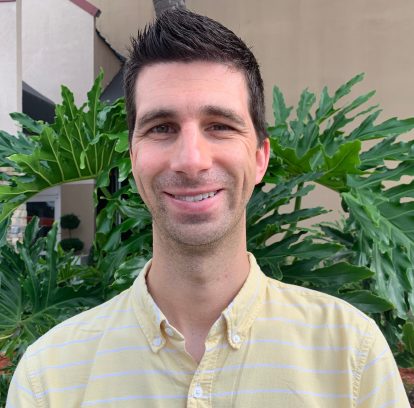Overview
I earned my B.Sc. in Physics with a concentration in Astrophysics from the University of Toledo in 2007 and then my Ph.D. in Astronomy in 2013 at the University of Wisconsin-Madison under the supervision of Sebastian Heinz. For my postdoctoral work, I first moved to Texas Tech University to continue my research and taught introductory astronomy. Finally, I moved to the University of Crete, Greece for a second postdoctoral research opportunity before joining the faculty at the University of Florida in 2019. While I am working hard to stay active in my research, my passion and primary responsibility as a Lecturer is teaching astronomy. I use many education-research-inspired ideas to enhance student experiences and improve learning outcomes, many of them I gleaned as I earned a teaching certificate through the Delta program at UW-Madison.
Educational Background
- Ph.D., Astronomy, University of Wisconsin-Madison, 2013
- M.Sc., Astronomy, University of Wisconsin-Madison, 2009
- B.Sc., Physics with astrophysics concentration, University of Toledo, 2007
Research
My research interests extend across many astronomical size scales, from the size of the solar system to galaxy-wide. I examine galactic population characteristics of the most extreme stellar remnants, neutron stars and black holes, and how they influence the local interstellar medium through powerful radiation and outflows. I also study highly disruptive and dissipative galaxy mergers that, through feedback, drive shockwaves into the intergalactic medium. This all helps us better understand how galaxies and their stellar populations are linked and evolve through cosmic time.
Areas of Expertise
- Optical and X-ray observations of X-ray binaries and starburst galaxies
